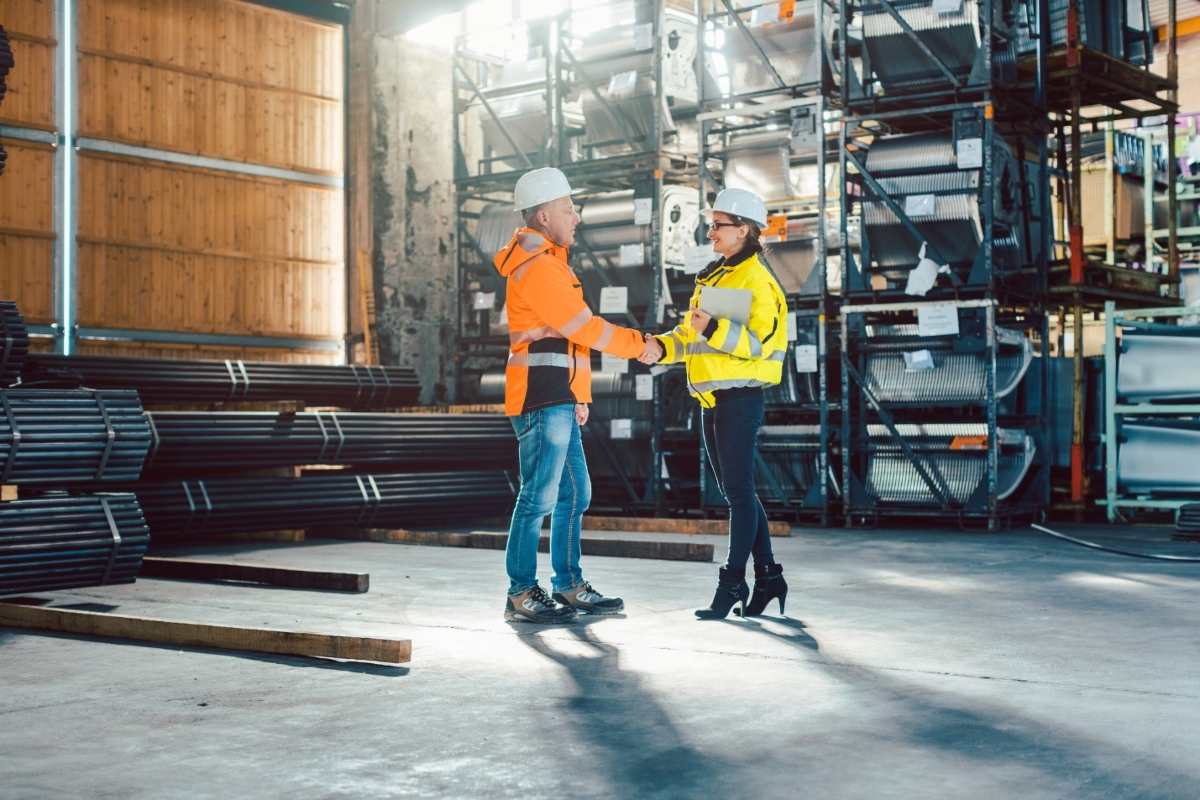A subsea production system consists of wells producing oil or natural gas on a floating platform. They range in complexity from a single satellite well linked to an offshore wireline to multiple wells clustered around a manifold and pipeline system.
Flowlines link the various components to a pipeline end manifold (PLEM), where produced fluids and injected chemicals are commingled. These are then directed to a flowmeter for measurement and measurement controls.
Table of Contents
Safety
Hydraulic systems are exposed to environmental conditions that can damage components. Hydraulic systems use a system that keeps seawater out and hydraulic fluid in to combat these conditions. This concept is known as tribology. This system also includes a high level of redundancy.
Subsea equipment operates at deepwater well depths where hydrostatic pressure is a major concern. At these depths, water pressure increases about 1 bar (14.5 psi) for every 10 m depth.
To help mitigate these risks, subsea equipment design should incorporate failure diagnostic features. Suitable sensors can monitor equipment operating conditions and send data at high sampling rates. This data can allow engineers to identify issues and determine the best response. As a result, the need for maintenance and repairs can be reduced. This technology will help reduce the cost of subsea operations and increase safety. Moreover, it can reduce the intervention time from weeks to days. This is a significant improvement for operators.
Ease of Use
More than two-thirds of the world’s surface is covered by water, and many potential resources in these depths await exploration and development. These activities involve complex and highly technical systems. Most of these are electrohydraulic systems that use various components to lower and lift equipment to the sea floor, remotely operate subsea systems, and permanently monitor emplaced systems such as petroleum wellheads or communications cables.
The system is powered by hydraulics and consists of a topside hydraulic power unit with reservoirs and pump systems, accumulators for storing power fluid, hydraulic lines connecting the HPU to the subsea system, and control valves to manage the flow. The system uses a fail-safe de-energization principle to protect operators and ensure safe operation if the power is lost.
The system allows oil and gas to be separated from each other and boosted to the surface using hydraulics, and sand and debris can be directed back to the seafloor for reinjection. The system can also handle deviated or crooked wells that would be difficult to service with other types of artificial lift.
Flexibility
Unlike land-based machines, subsea equipment must operate in salt water and often at high pressure. This emphasizes system design, particularly for components like piston rods in hydraulic cylinders with sea life-promoting surface corrosion.
As a result, many hydraulic systems utilize large topside power units, hydraulic lines, and accumulators, plus separate low and high pressure for safety valves in the umbilical. As a result, the overall system can be very complex to manage and maintain.
On the other hand, electric actuators can be powered by direct energy solutions or a combination of battery and supercapacitors. This allows for higher operating speeds for directly driven actuators and reduced kilowatt power draws for control system operations. Additionally, data available in electric systems can confirm current and predict future conditions, reducing costs and complexity. This can be leveraged for a more deliberate and comprehensive approach to subsea electrification. Ultimately, this can lead to direct cost savings on day one.
Durability
Hydraulic spreader systems are powerful tools used to bend, cut, and spread various materials. Although these tools require high force to operate, they are relatively safe and easy to use when properly maintained and stored.
A broadcast spreader mounted on a vehicle uses one or more spinner discs for dispensing material and a conveyor or auger for delivery of the material. The spinner and conveyor are driven by hydraulic motors powered by a variable displacement pump. The hydraulic system includes flow and pressure-compensated control valves to ensure that the pump delivers the correct volume of fluid required by each motor during operation.
Traditionally, a subsea well intervention and drilling equipment is engineered using special materials to withstand the increased pressure and corrosive environment of different sea depths. However, with proper customization, many standard hydraulic systems used on the surface can be successfully adapted for subsea applications.
Also Read – Custom Packaging: A Cost-Effective Solution for Brand Promotion




